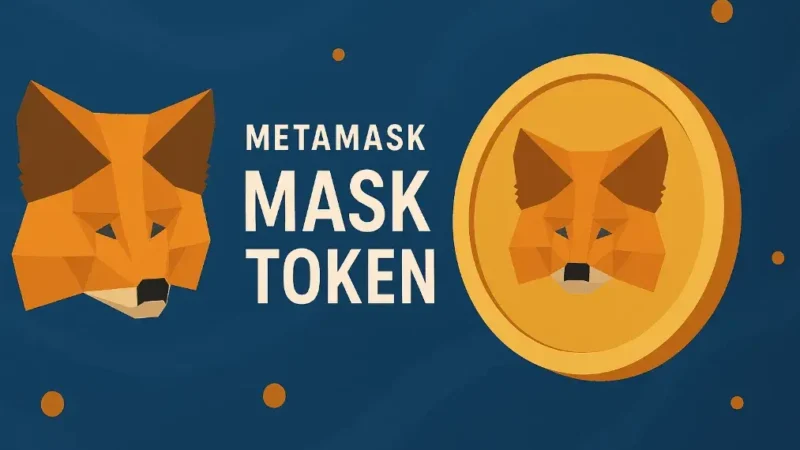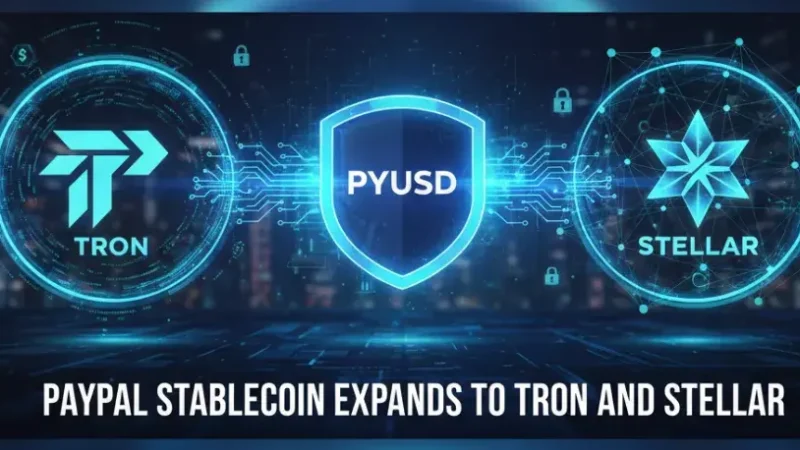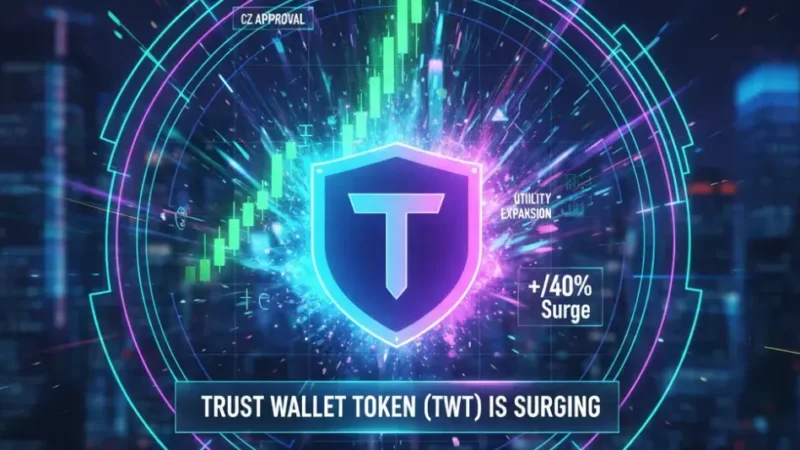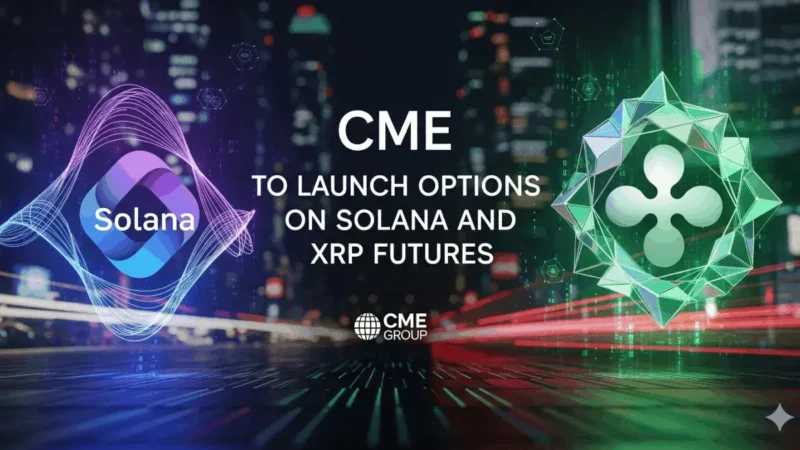Ethereum Roadmap 2025: Scaling, Sustainability, and a Secure Future
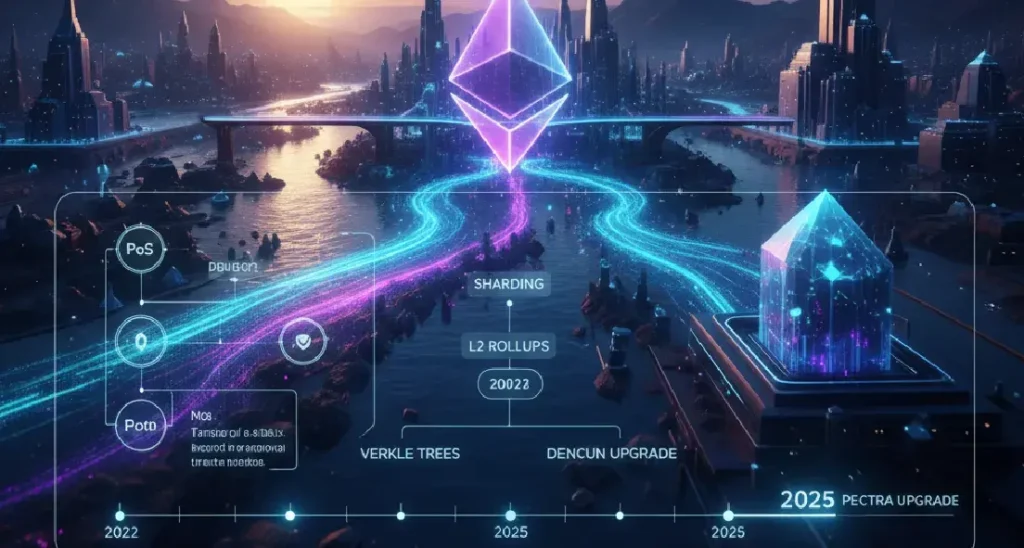
The year 2025 marks a pivotal chapter in the evolution of Ethereum. Following a multi-year effort to transition to a more sustainable and scalable network, the world’s leading smart contract platform is pushing forward with an ambitious agenda. This isn’t just about technical upgrades; it’s a strategic blueprint to solidify Ethereum’s position as the foundational layer of the decentralized internet. The Ethereum Roadmap 2025 focuses on scaling, security, and sustainability, building on the success of past milestones like The Merge and The Surge.
From The Merge to The Purge: A Phased Approach
Ethereum’s development is often described in a series of phases, each with a distinct focus. These phases, humorously labeled by co-founder Vitalik Buterin, serve as a guide for the community and developers.
The Merge: A Foundation Built on PoS
The Merge, completed in 2022, was a monumental shift from the energy-intensive Proof-of-Work (PoW) consensus mechanism to the eco-friendly and efficient Proof-of-Stake (PoS). This event was a major step towards making the network sustainable, reducing its energy consumption by over 99.95%. Post-Merge, Ethereum now relies on validators who stake their ETH to secure the network, rather than miners competing to solve complex puzzles. This has set the stage for all future upgrades and is the bedrock of the Ethereum Roadmap 2025.
The Surge: Scaling with Rollups, Not Shards
While the original vision for scaling involved a complex process of sharding the main chain, the focus of The Surge has shifted. The Ethereum Roadmap 2025 now emphasizes Layer 2 (L2) solutions as the primary method for scaling. Instead of sharding the execution environment of the main chain, the L2s (such as Arbitrum, Optimism, zkSync, and Base) handle the bulk of transactions off-chain, bundling them into a single transaction on the mainnet. This approach has already drastically increased Ethereum’s transaction throughput and reduced fees for end-users, while the main chain evolves into a secure settlement and data availability layer.
The Scourge and The Verge: Mitigating Centralization and Optimizing Data
As Ethereum’s ecosystem grows, so do the challenges. The Scourge phase is designed to address issues of centralization and censorship resistance, particularly those related to Maximum Extractable Value (MEV) and the role of large liquid staking protocols. The goal is to ensure that block production remains decentralized.
The Verge, on the other hand, is a technical overhaul of the network’s data storage. This phase involves the migration from Merkle trees to a more efficient data structure called Verkle trees. This upgrade will make the network more “stateless,” reducing the amount of data that full nodes need to store and enabling them to sync with the network much faster. It’s a key component of the long-term plan to make Ethereum more accessible to a wider range of participants, preserving its core tenet of decentralization.
The Purge and The Splurge: Trimming Down and Building Out
The final two phases of the roadmap are dedicated to long-term network health and innovation. The Purge is a technical “cleanup,” designed to remove unnecessary historical data and technical debt. By doing so, it will reduce the storage requirements for validators and nodes, making the network more efficient and easier to run.
Finally, The Splurge represents the final polish and a catch-all for various other improvements. This includes everything from improvements to the Ethereum Virtual Machine (EVM) to the implementation of quantum-resistant cryptography, which will future-proof the network against emerging threats.
Key Upgrades for 2025
The high-level roadmap is supported by specific, near-term upgrades that are set to launch in 2025. One of the most anticipated is the Pectra upgrade. This upgrade is expected to introduce several key changes, including EIP-7702, which will allow externally owned accounts (EOAs) to temporarily act as smart contract accounts. This will significantly improve the user experience by enabling features like batched transactions with a single signature.
Additionally, the Pectra upgrade aims to enhance the network’s data availability capabilities. It plans to increase the number of “blobs” in each block, which provide cheap storage for rollup data. This will further reduce transaction costs for L2s, making Ethereum’s modular approach even more competitive against rival blockchains.
Stay informed, read the latest crypto news in real time!
The Role of Sharding in the New Roadmap
While the original sharding plan was altered, the concept remains a crucial part of the Ethereum Roadmap 2025. Instead of sharding the execution of the main chain, the focus has shifted to sharding the network’s data. This is often referred to as “data sharding” or “Data Availability Sampling.” The goal is to make a vast amount of data available cheaply for L2s to post their transaction bundles. This modular design—L1 for security and data availability, L2 for execution—is the essence of the new scaling vision. The long-term plan is to enable an ecosystem of L2s that can process hundreds of thousands of transactions per second, all while inheriting the security of the Ethereum mainnet.
